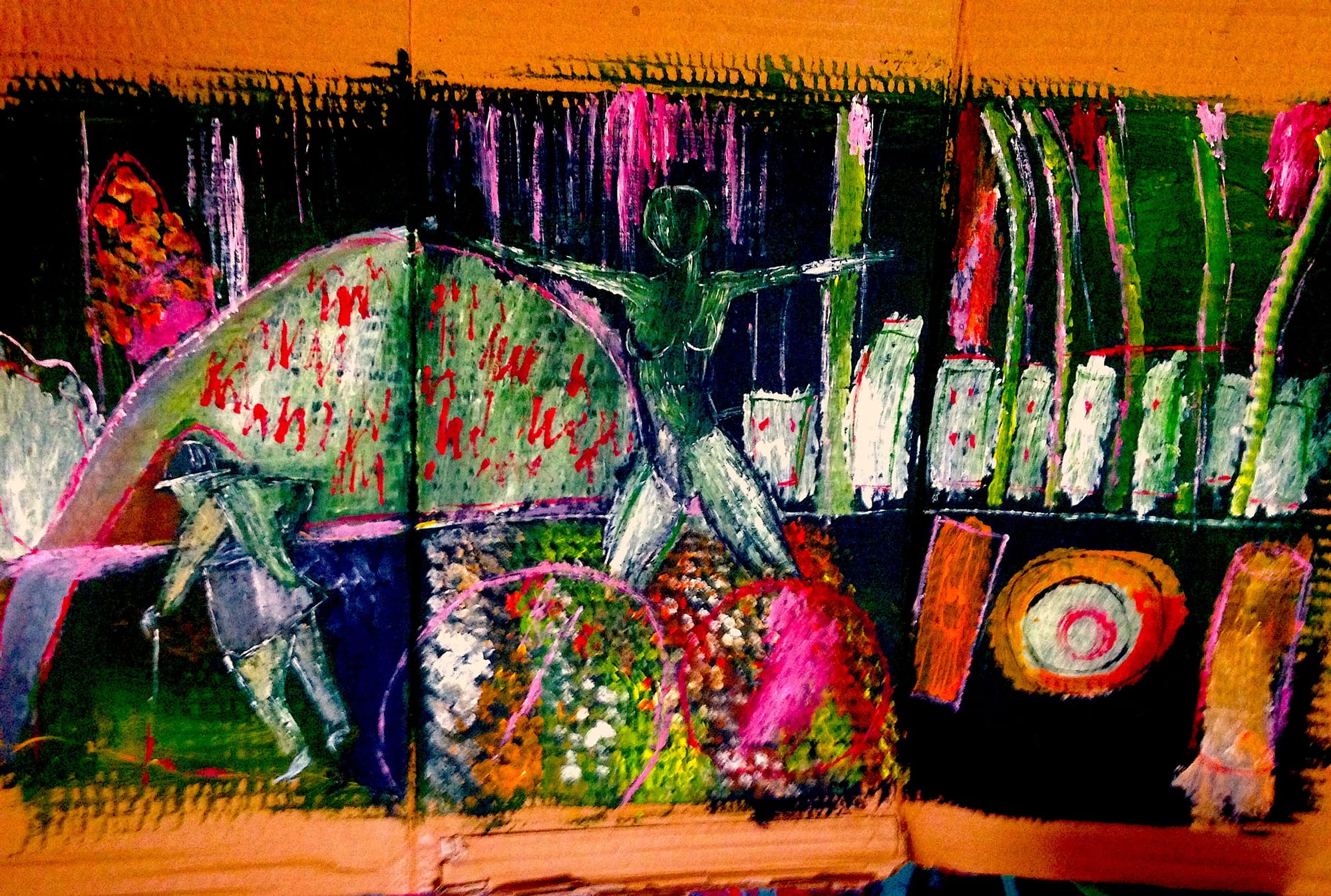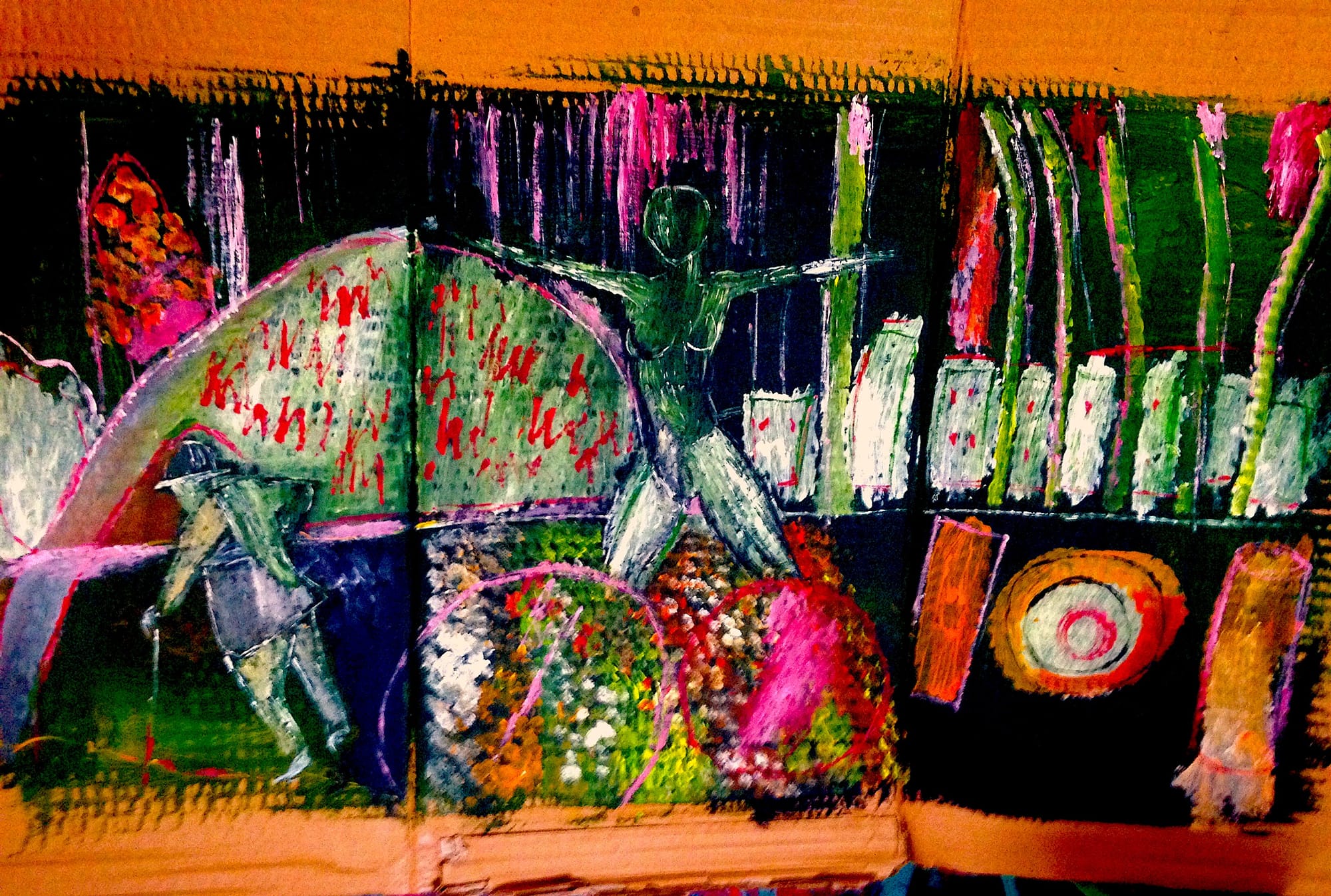Can the Experience Machine Save the Planet?

By Alex Rosenberg

About fifty years ago the very creative Harvard philosopher, Robert Nozick, invented the thought-experiment known as the “experience machine.” His aim was to show that people value other things beside pleasant sensations, and so hedonistic theories of value, like John Stuart Mill’s--“pleasure is the good”--are mistaken. One version of his thought-experiment goes like this: suppose you were offered the choice between living your future life as it will actually happen, or being wired up to a machine that produces in your brain exactly the same sequence of experiences as you will have in your real life from now on. Nozick held that most everyone would choose the real experiences rather than the qualitatively identical ones stimulated by the machine. Ergo, we value something more than the qualitative character of the experiences themselves.
It’s a neat argument against Mill and other utilitarian philosophers. But there is reason to hope that Nozick was not entirely right, not if we hope to save the world for future generations.
Hollywood has rung some changes on Nozick’s thought-experiment, most notably in the Matrix movies. The films were harbingers of the grip that multiplayer video gaming now has on so many, a grip that has led these games to become an art form, a significant sector of the Hollywood-industrial complex, and an arena for political expression—usually extreme and sometimes ersatz-violent.
But technology is increasingly turning the experience machine into something more than a thought-experiment. The consequences of this transformation of a merely philosophical argument into an available opportunity will have profound, and hitherto unanticipated consequences for humanity, initially for an affluent proportion of it, and eventually for everyone left alive a few centuries from now. Of course the porn industry will be the first adopters, but its impact will be marginal compared to other foreseeable outcomes.
The COVID-19 lockdown has prevented some 4 million Americans from visiting Europe this year. Its lingering aftermath may discourage many of them from venturing across the Atlantic next year as well.
But what if you could visit Paris virtually? Not just watch a travelogue, like our grandparents, but get wired up, along with preferred traveling companions if you wish, to have a day, a week, a month’s sensory experience of Paris, of walking the streets, seeing the sights, smelling the smells, feeling the enjoyable fatigue of the flaneur after a day’s march all the way from the Place de la Concorde up the steps beneath Sacré-Cœur to Montmartre. Suppose you could do all that, have exactly the same sensations, right down to the taste of the ham and cheese baguette with French mustard, and the vin de table, at a side walk café. You even find yourself slapping your credit card down at the guichet for a ticket to visit the Louvre. If you could do all that, why would you go to the expense of actually moving your body 3000 miles or more, just to have the very same experiences, never mind the risk of catching COVID-19, gaining weight from all those pastries you’d actually eat (instead of just experience their taste and aroma), maybe missing your flight back or losing your luggage.
Sounds like science fiction? Well, producing the visual and auditory parts of the experience is very much already a reality. It might be expensive, but it’s technologically no problem programing parallel visual and auditory experiences for you and your partner, or the whole family. As for the other three sensory modalities, we know enough from neurology and pharmacology to be confident that they too can in principle be simulated. The neuroscience of how the brain is fooled by phantom limbs will help programmers figure out how to simulating the kinesthetic side of a long day’s sightseeing. We won’t even have to wait until we learn how to stimulate the gustatory and olfactory centers of the brain. It’s not much more difficult to diffuse the right volatile aromatic molecules into a nose-and-mouth mask than to bombard the eyes with photons arranged the same way photons bounce off the Eiffel Tower.
Once all the kinks are ironed out, you’ll be able to spend as much time in Paris as you like, with anyone who agrees to go with you, or for that matter with the Doppelgänger of someone who doesn’t want to. You’ll be able to program the experience using randomizing settings to be pleasantly, or even unpleasantly surprising (for those whose tastes run to horror pictures), to meet strangers, even people who speak only French. Doubtless you’ll also be able to “travel” to places you can take real risks. Head for Yosemite and put a lot of money on whether you’ll be able to solo El Capitan. You can even bind yourself over to spend six months feeling pain in a simulated hospital bed if you peel off. That’s how real the experience can get.
In the days it took stately steam ships a week to cross an ocean, the advertising slogan was “Getting there is half the fun.” It wasn’t of course. But in the foreseeable future we will be able to have all the fun anywhere without bothering to get there at all.
Will people prefer virtual tourism to the real thing? Not everyone right away, but some will: the risk averse, the infirm, and when the price goes down, those who can’t afford the real thing, or don’t think it’s worth paying the difference for the real thing. Just consider the willingness of people to substitute Skype, Facetime and Zoom for the real thing. And technological improvements will in the long run always increase the attractions of the virtual, even as the rewards of the real remain what they’ve always been.
As the technology improves, and the price goes down, more and more people will begin to choose this form of tourism over the real thing. Nozick was more right than wrong: People wouldn’t want to live their whole lives in the experience machine. But a European vacation, an African safari without risk, two weeks on the beach in Thailand? Guaranteed indistinguishable from the real thing at a tenth the price?
Let’s consider the impact of such preference for the experience machine over really being there. First of all there’d be a long term decline in tourism, with its attendant impact on local economies in the tourist-magnet locations, an impact on air travel, ocean cruise lines, even high speed rail in countries where it is an important component of the travel infrastructure. The widely beneficial environmental impact of reduced travel and a smaller local footprint everywhere would be accompanied by significant reduction in the impact of crowding at culturally important but vulnerable sites. In the medium term, these benefits would be counterbalanced by the serious economic hardships imposed by the absence of affluent tourists.
The taste for virtual over real is bound to spread from tourism to other activities that now require a lot of spatial displacement. Consider virtual classrooms indistinguishable from face to face instruction, or American Thanksgiving and Christmas, times when everyone in the family can be together across all five sensory modalities—even touching--without actually journeying across town, let alone across the country.
Country by country the long term trend in this process will be the same. As levels of affluence rise above the (decreasing) costs of multimodal virtual interaction, most people will just stop moving from place to place altogether, except for work when unavoidable, and for exercise. Things will still move from place to place, region to region, country to country, especially the things needed to introduce and maintain the infrastructure for continual and ever-improving virtual action and interaction. As the demand declines for services needed to move from place to place and for actual face-to-face interaction, the demand for labor to build, maintain, program and upgrade the infrastructure for virtual interaction will increase. Can we expect this shift in the labor market to increase or decrease employment or leave it level?
What with A.I., over the time scale of several centuries during which this process will run, the number of people needed to service the virtual economy and the real one will decline, perhaps precipitately. That’s a very good thing.
Why?
It’s already clear that the world population will max out at about 9 billion by the end of the century.
In most developed countries outside of Africa, there will be “catastrophic” declines. Poland, for instance will have a population 60 % of its current size, skewed heavily to elderly people. This demographic transition will eventually expand to include sub-Sahara Africa. If the world population stabilizes at half its present size and is composed mainly of physically inactive people not moving about very much, maintaining a decent world-wide standard of living will require a very different economy. It will be one that does not need a large labor force, nor make great energy demands on the environment, as it moves the Earth back from the brink of CO2-driven heat death.
This is just the economy that an experience machine, taken in measured doses, will eventually provide for everyone.

About The Author
Alex Rosenberg is R. Taylor Cole Distinguished Professor of Philosophy at Duke University.